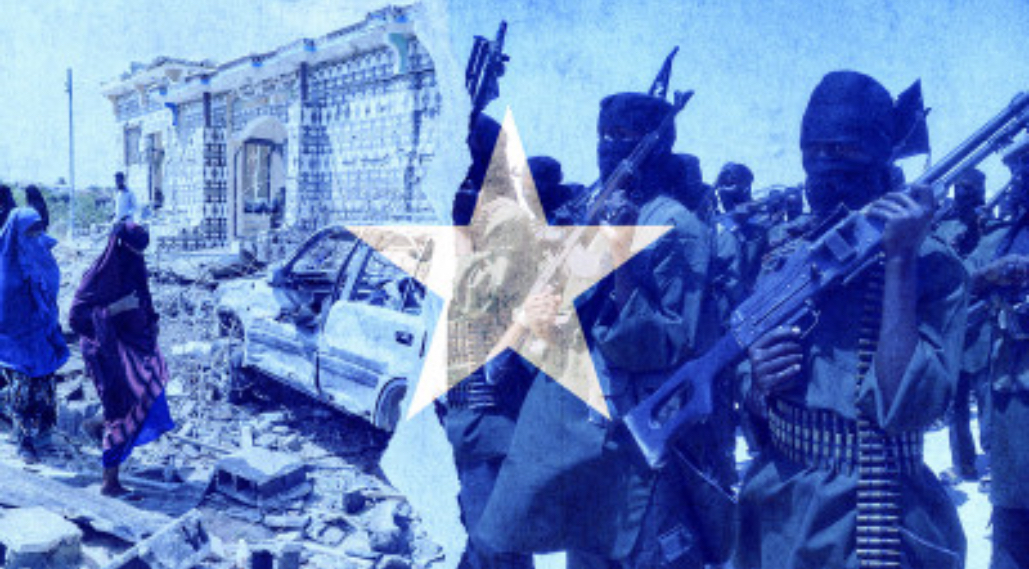The Islamist insurgent group Al-Shababfirst rose to prominence in 2006 when US-backed Ethiopian troops invaded Somalia under the cover of American drones, ousting a coalition of Shariah courts, dubbed the Islamic Courts Union, of which Al-Shabab was the youth wing…
In reviewing region by region, Al Shabaab’s spread and ability to carry out attacks in virtually all corners of the country, is unprecedented. Almost everywhere in the world, such militant groups will be active or strong in only one or two parts of the county, as Boko Haram was in Nigeria and Ansar al-Sunna in Mozambique’s Cabo Delgado province…
Al Shabaab has already made important moves in East Africa. It has established links with the Uganda rebel group Allied Democratic Forces (ADF), which has left a trail of destruction in eastern Democratic Republic of Congo, where it has been based for nearly 25 years, ADF has had a revival in the past three years.
The assessment portrays a Shabaab that has become adept at drone use, is always inventing new ways to unleash IEDs in addition to its old method of using donkeys, has a fairly good intelligence system, and is using open-source geographical information platforms to acquire grids of targets for attack.
It notes that, “Somalia’s neighbours and the wider Gulf have a real stake in the security and stability of Somalia”. As well they should, More alarming at the regional level are al-Shabaab’s African foreign fighters known as Muhajirin. The largest number of Muhajirins are Kenyans, Ethiopians, and Tanzanians, but there are also Congolese, Burundians, Rwandans and Ugandans. When few were looking, Al Shabaab created a pan-East African force.
These, sources say, they are led by a Kenyan-born militant, It has carried out bomb attacks in Kampala and, in late June 2023, carried out a night massacre at a Ugandan school near its border with DRC. ADF is reported to be supplying al-Shabaab with illegal minerals from mines in eastern DRC in exchange for training and weapons.




